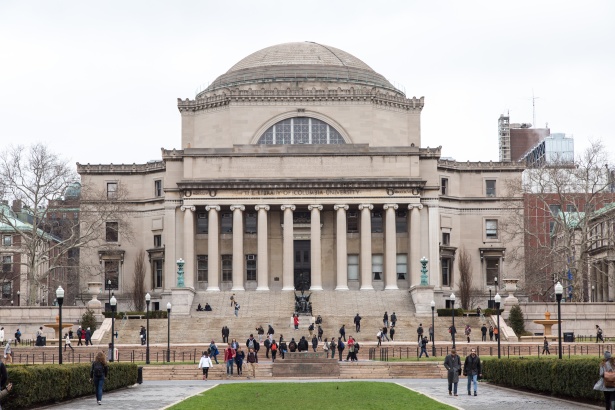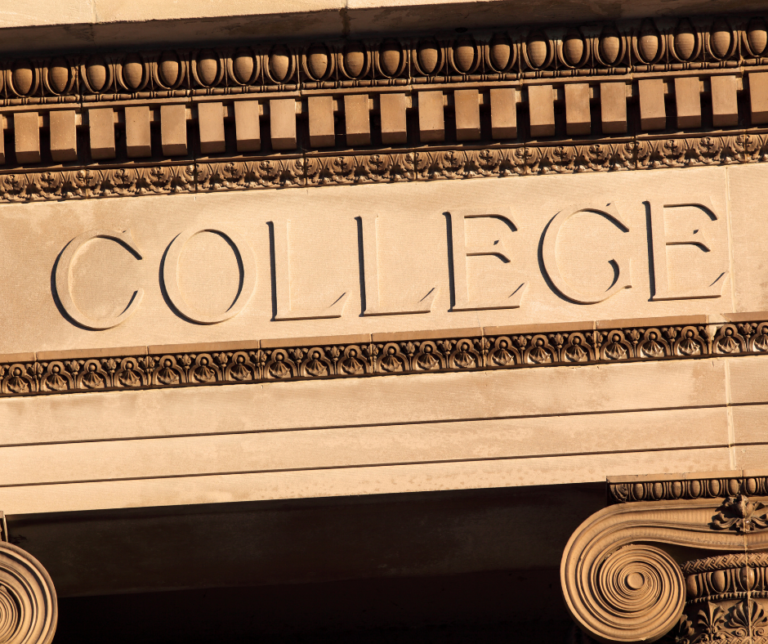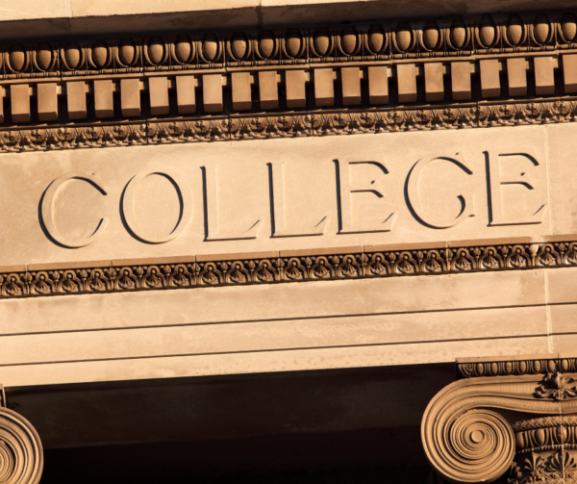Public Vs. Private College: Understanding the Differences
Last Updated on May 10, 2024 by Jill Schwitzgebel
Recently, I had an eye-opening conversation with my husband. I mentioned that XYZ Public U would actually cost way more to an out-of-state student than ABC Private college down the road from it would. Since this is what I’m immersed in all day, it seemed obvious to me. But, he reminded me that for parents who don’t spend their days like I do, public vs private college is confusing. And that makes it worthy of an article.
See also: Your Guide to Types of Higher Education
What Is a Public College?

A public university is a non-profit college that receives some of their funding from the state government. Because of how they are funded, these schools are cheaper for students who live in that state. It’s an incentive for these students to complete their education in-state, and then the state hopes the graduates will stay after they graduate.
They typically charge a higher rate, sometimes much higher, for students to attend the college from out-of-state. Additionally, it is usually more difficult to get into the public university if a student if applying from out-of-state. States will give priority to their own students. States sometimes will only allow a certain percentage of each class to be from out-of-state.
Some colleges, especially state flagship colleges, like Penn State, or Arizona State, make it easy to recognize that they are a state university. But, this is where it is often confusing for people – you need to know that a college does NOT have to have the name of the state in their name to be a public college. And they don’t have to have the label “state” either, like for instance, Kent State in Ohio. There are colleges like Troy University in Alabama, which is a state university, but their name does not make that obvious.
Cost Differences at Public Colleges
The variance in state funding accounts for the huge differences in tuition costs. As of 2018, the most expensive 4-year public college for in-state students was the College of William and Mary, with tuition of $22,044. Among the least expensive public colleges is California State – Los Angeles with a cost of $3,160.
Overall, Wyoming and Florida have the most affordable public universities for in-state students, while New Hampshire and Vermont have tuition among the overall highest cost. For students in states like New Hampshire or Pennsylvania with high college costs, it is sometimes actually cheaper to attend a public university in a different state, paying out-of-state tuition, rather than to stay in-state!
The most expensive public university in the US to attend as an out-of-state resident is the University of Michigan, with tuition of $47,476! Meanwhile, the cheapest public school to attend out-of-state is the University of South Florida, at only $17,234. That tuition makes it cheaper for many students than the public universities in their home state!
What Is a Private College?

Private colleges can be for-profit (which I strongly recommend against) or nonprofit, but they receive none of their funding from the state government. All of their funding comes from tuition and private donors. Students are still able to use their federal government subsidized student loans and grants at private colleges.
Because they do not receive any state subsidies, tuition is generally more expensive than it is at public colleges. But, since they do not receive any state money, there is no tuition difference whether the student resides in-state or out-of-state.
The average tuition at a private college is $35,800 a year. That can range to up to nearly $60,000 at Columbia College in NYC and as low as FREE at Berea College in Kentucky. So, it’s not uncommon for a private college to cost the same or less than a public college would for an out-of-state student.
One thing that is often overlooked is that despite a large price tag, private colleges offer large tuition discounts thanks partially to endowments. The sticker price is not what everyone is paying. They are much more likely to cover a family’s financial aid need than a public university. In some states it’s not uncommon for a family to pay less at a private university than they would pay at a public one.
See also: Is a College with Big Name Recognition Always the Best Choice?
Differences Between Public and Private Colleges
Beyond funding, there are some other key differences in public vs. private colleges. The biggest difference is in the average size of the student body. Private colleges are typically (but not always) much smaller than their public counterparts. A student at a private college will generally have much smaller class sizes, which may include more class discussion.
There is usually a difference in geographic diversity as well. Private colleges attract students from all over the country and the world. Public universities will tend to have a higher percentage of students from their own state or neighboring ones.
Most public colleges will be able to offer more majors, due to their size. However, private colleges usually allow a student to customize their areas of study. And while large public universities will be able to offer Greek life and many other clubs and activities, the smaller private college may not offer quite the same range.
The 4-year graduation rate at non-profit private colleges is currently about 6% higher than at public colleges. That’s not a huge difference, but an added year could add a significant expense.
Which Is Better – Public or Private?
There is absolutely NO right answer to that question. It depends on each student and each family. Everyone will have their own priorities. And, it usually comes down to each child’s personal preference, combined with the financial packages offered. College is not “one size fits all” – there is one that’s right for every student though!
See also: Should Your Student Consider a Liberal Arts College? or Which College Size is Best? Small, Medium, or Large?










